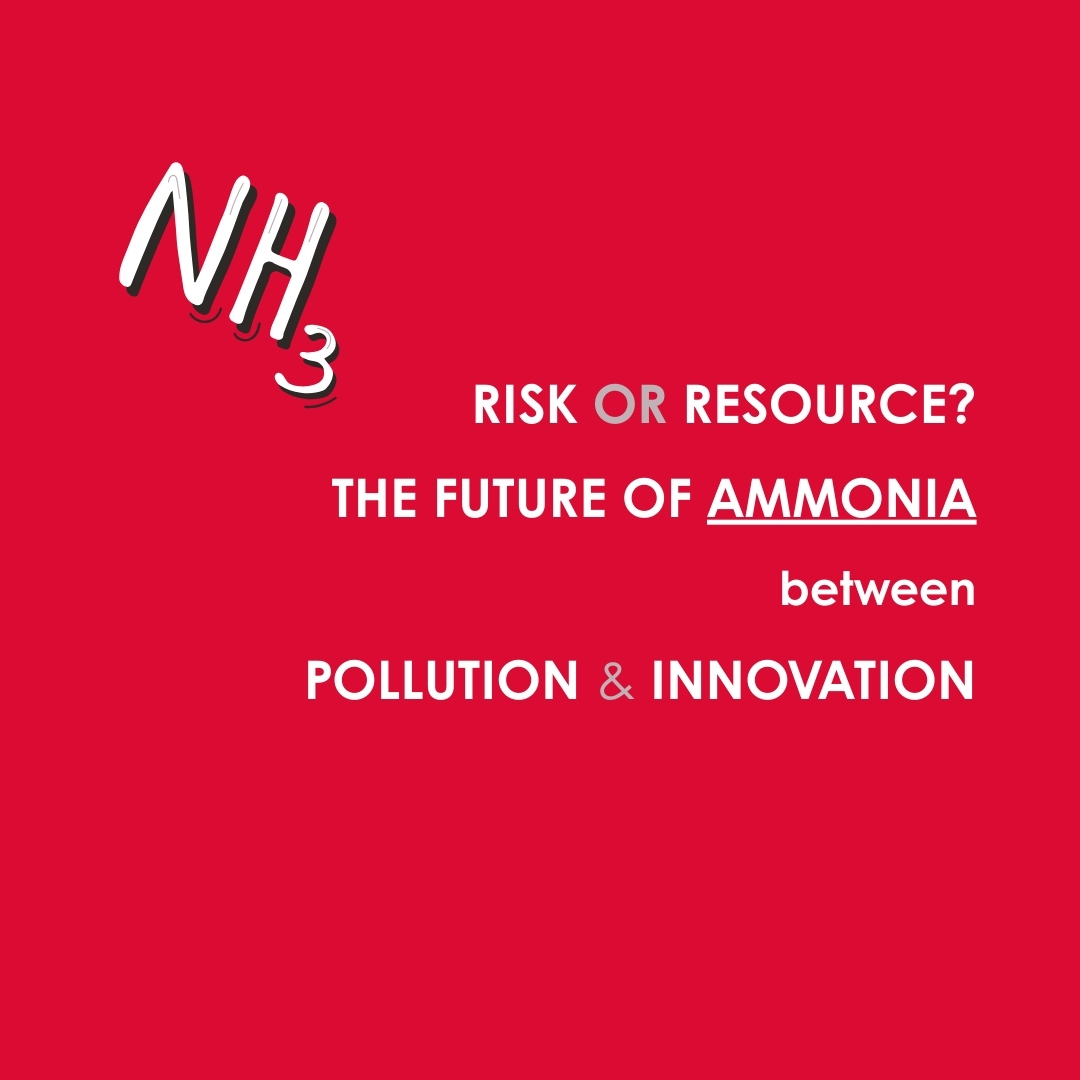Storing the jacket in the closet at the end of the day can become, unknowingly, an incentive for the germs and bacteria multiplication. Wearing a jacket all day long, both indoors and outdoors, can collect germs and bacteria in large quantities.
A 2000 study by the University of Ottawa School of Medicine (Canada) and the Procter & Gamble Research Center in Cincinnati (USA) showed that tissues infected with Staphylococcus can transmit the bacteria to other tissues or hands.
This transfer occurs between dry and wet fabrics, with or without friction between the parts in question. Moisture and friction increase the transfer level. The type of fabrics also affects the transfer: 100% cotton transfers less than fabrics composed of other fibers. The consequence highlighted by this study is that clothes worn during the day and then placed in the closet can transmit bacteria to other fabrics in the closet.
Contrary to what one might think, even clothes worn and put in the washing machine at the end of the day can preserve and even multiply their load of germs and bacteria.
A 2015 study carried out by the Laboratory of the Department of Biochemical and Microbiotic Technology of the Faculty of Engineering of Biosciences, University of Ghent (Belgium) and the Department of Environmental Sciences, Helmholtz Zentrum Munchen of Nuremberg (Germany) showed that domestic washing machines wash clothes and dirty fabrics, but do not sterilize them. Almost all bacterial detected on the initial cotton sample were still present in the washed cotton sample. As a result, odor-causing microbial species could be further distributed to other clothes.
Putting these washed and ironed clothes in the closet then brings the problem back to its starting point: germs and bacteria, which remain albeit to a lesser extent, migrate to other items of clothing, thus continuously multiplying.
Here at Check Up we have analyzed the problem and are able to offer the solution through the range of our Aircubdevices (available in ionizer or UV technology versions)
Resources:
Bacterial Exchange in Household Washing Machines, discover more
Transfer of bacteria from fabrics to hands and other fabrics: development and application of a quantitative method using Staphylococcus aureus as a model (di S A Sattar1, S Springthorpe, S Mani, M Gallant, R C Nair, E Scott, J Kain) , discover more
Bacterial Contamination of Clothes and Environmental Items in a Third-Level Hospital in Colombia, discover more
University study finds Covid survives three days on fabric, discover more
 about us
about us
 method
method
 technologies
technologies
 careers
careers
 technological partners
technological partners
 strategic partnerships
strategic partnerships
 Innoitaly
Innoitaly
 Puricraft
Puricraft



